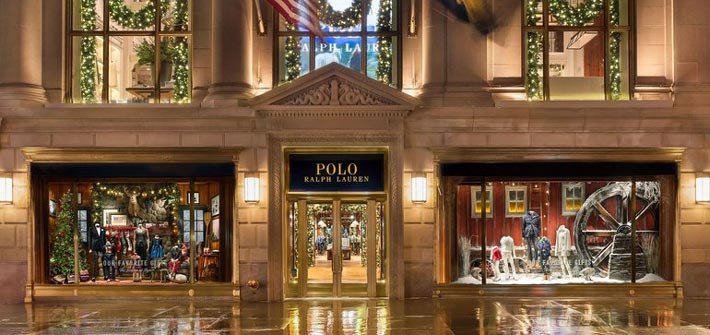As retailers face a self-reckoning amid a challenging environment, the key is to find a state of equilibrium between the old and the new, writes Bart Mroz founder and CEO of SUMO Heavy.

Retailers and brands are facing a self-reckoning. For proof, look to an unlikely place — New York’s Fifth Avenue.
Ralph Lauren, which for nearly half a century has been a global icon in the fashion world, announced in April that it will close its flagship Polo store on Fifth Avenue — illustrating a larger trend unfolding across the country.
The decision to shutter the iconic store comes at a time when traditional 20th century brick-and-mortar retailers and brands are being forced to reevaluate where and how they fit into the 21st century consumer economy. Clearly, the old status quo that traditional companies relied on — opening as many physical stores as possible — isn’t the answer. However, neither is closing as many stores as possible.
The key, as with most things in both business and life, is to find the balance. The retail ecosystem is simply in a state of flux; soon, it will (and must) find its state of equilibrium between the old and the new.
Landscapes are changing
Stores simply don’t hold the same value proposition that they once did.
For one, in-store sales are dropping. Department stores, for example, have seen sales shrink from $87.46 billion in 2005 to $60.65 billion in 2015. And even the shoppers who do enter stores are armed with smartphones, on which they’re comparing prices, reading reviews and searching for discounts or alternatives, which take a large bite out of profit margins.
At the same time, overhead costs have increased. Labor costs are rising (Massachusetts and Washington have raised minimum wages to $11; Seattle and New York City will raise minimum wages to $15 in the next few years) and real estate has become astronomically expensive. New York City is an anomaly — but the asking price for a single foot of retail space on Fifth Avenue is over $2,900, up from $2,283 just five years ago.
Even the value of branding and marketing seems to be in decline. Fancy storefronts in prestigious locations don’t drive sales like they used to. Brands are waking up to the reality that they can get better ROI elsewhere. Today, the cost of an elaborate store might be better invested in building out a digital presence.
Emphasis on “might.”
Physical stores need to adapt
Now that brands and retailers can’t comfortably rely on consumers’ desire to go out shopping, they need to reimagine the purse of the store.
Retailers need to find the right balance while rethinking their in-store strategy. Stores shouldn’t simply go away, they just need to shift their focus. In the future, they’ll no longer exist simply to facilitate transactions in large volumes. Rather, they’ll focus on product discovery and customer experience.
To illustrate, look to the other end of the spectrum. New upstart brands, which tend to be more agile and in tune with trends and their customers, usually start by selling direct-to-consumer online. In order to penetrate the mass market, many eventually open physical showrooms to cater to those who desire an omnichannel experience. Consumers still want to hold and feel the product without committing to a purchase.
Physical stores will also have a more operational focus. In fact, e-commerce can actually help boost store sales. For example, if online customers are incentivized to make returns at a physical store (as opposed to mailing them in), then that’s another opportunity to lure them into the store, where they might purchase something else. Similarly, large companies like Target and Gap can leverage their thousands of locations across the U.S. to serve as local delivery fulfillment centers and maybe even offer same-day shipping, which would enable them to compete more fiercely with Amazon.
Find a happy medium
Ralph Lauren is just the latest example of a legacy brand that is having to figure out how to navigate a thoroughly different business environment. While some stores may have to go, companies like Ralph Lauren should not begin closing as many locations as possible. Yet, if they try to become like the companies on the other end of our proverbial spectrum, they’ll sacrifice opportunities to play to their brands' physical strengths.
In the end, both sides, traditional and new, are racing from opposite ends to arrive at the happy medium — determining the right number of physical stores and settling on how to best leverage them.
Ralph Lauren has a long road ahead as it rethinks its strategy, but for whatever it’s worth, it's in good company. Everyone else is trying to figure it out, too.
Source: retaildive.com
